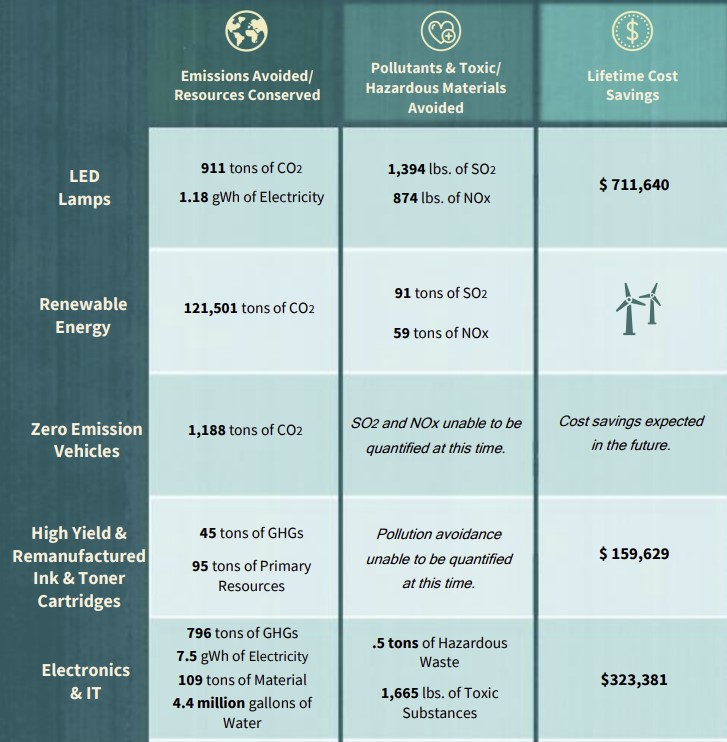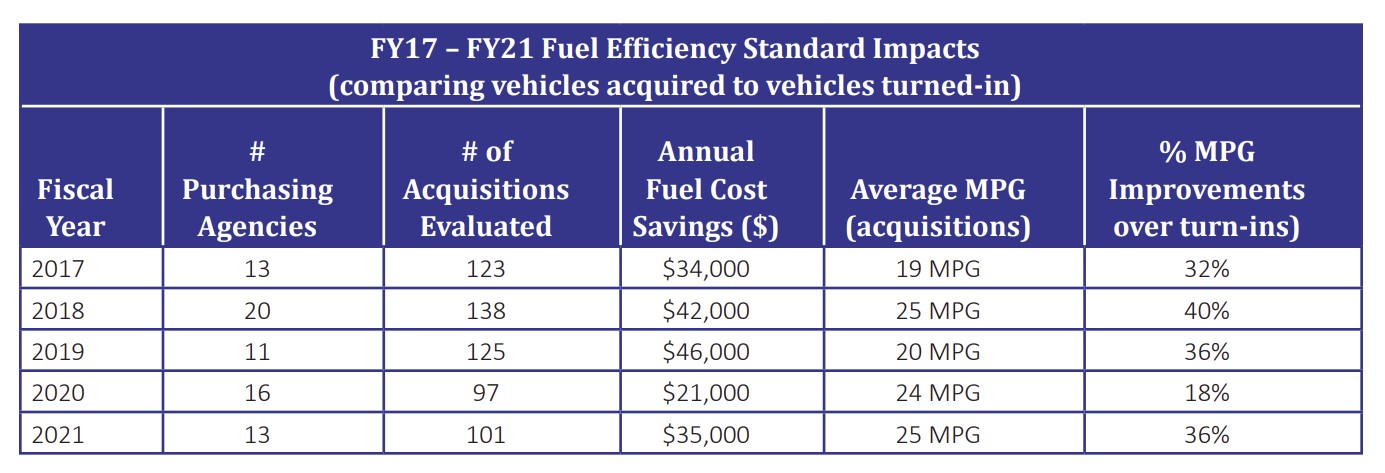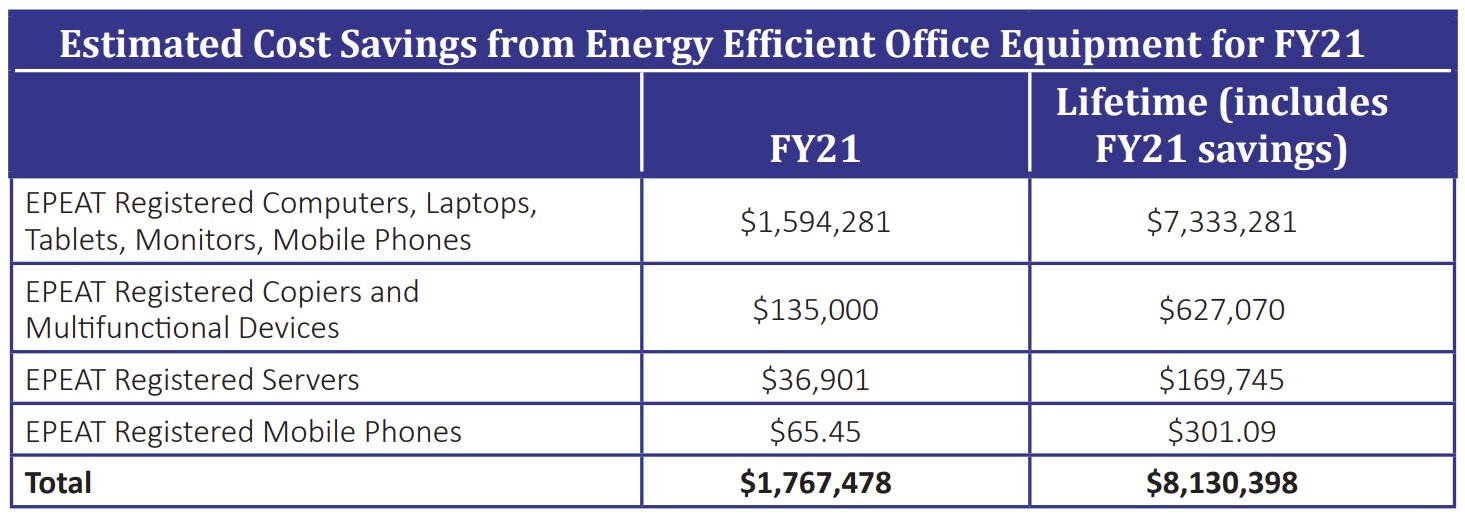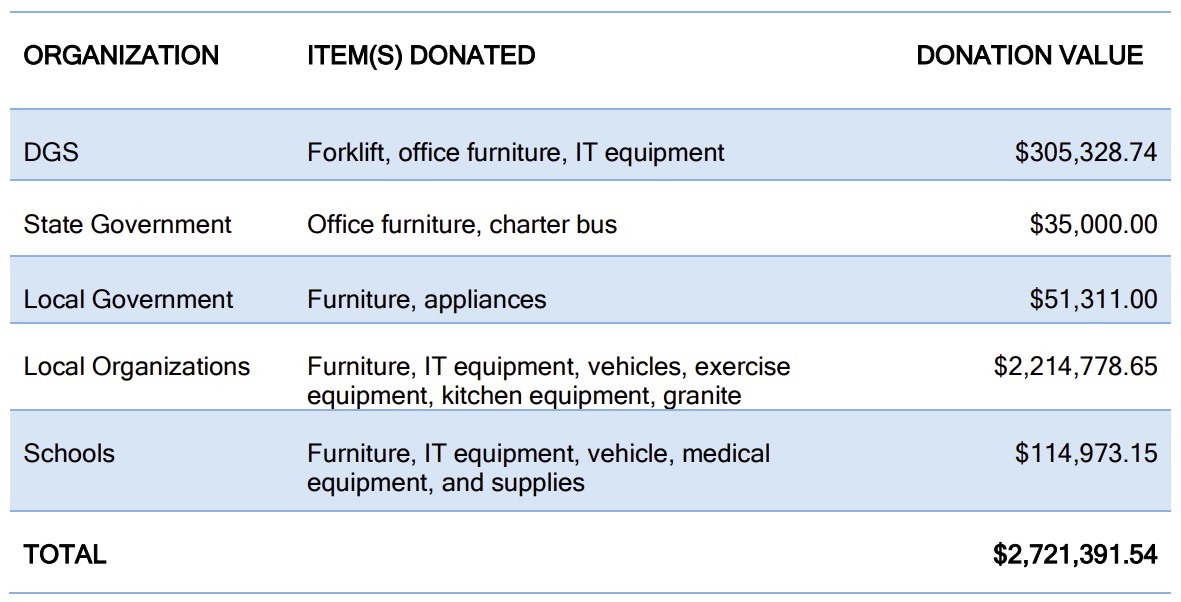Efficiency is the key, so for Earth Day 2022, Pulse is here to help you combat inflation the sustainable way.
Inflationary forces are ubiquitous. The lingering effects of the pandemic, military conflict, political instability, natural disasters, and climate change are demonstrating their ability to impact markets and elevate the cost of essential goods and services. But with this obstacle comes some measure of opportunity to align short-term needs with longer-term practices. Consider incorporating sustainability into your procurements to help mitigate inflation.
Incorporating sustainable specifications into your commodities purchasing can achieve better value for limited public resources. For most commodities, the more sustainable options are no longer prohibitively expensive. This price parity, when considered with total cost of ownership (TCO, or life-cycle costing), provides the opportunity for better value and cost savings. States with mature sustainable purchasing programs provide useful evidence and examples. According to annual reports, in FY2021 Massachusetts’s sustainable purchasing efforts saved the commonwealth an estimated $2,236,420.[1] Maryland’s Green Purchasing Committee reported savings of $1,194,650.
How did they do it? A closer look at their annual reports reveals several pathways to savings. Among the most accessible opportunities for savings are durable goods, energy-efficient vehicles and electronics, and remanufactured and surplus goods. These items can provide both immediate savings and significant lifetime savings compared to conventional options.

Source: 2021 Annual Report of the Maryland Green Purchasing Committee

Source: 2021 Annual Report of the Maryland Green Purchasing Committee
Efficiency Equals Savings
Conflict and instability in petroleum-producing areas inflate prices on all derivative products, from gasoline to plastic. These in turn raise prices on the packing and shipping of nearly every commodity purchased. Longer-lasting durable goods and fuel-efficient or alternative fuel vehicles are easy ways to help mitigate the cost of oil.
- Replace common single-use and disposable items with durable reusable or high-capacity versions to reduce the volume and frequency of the goods purchased. For example, microfiber or cotton towels can replace disposable wipes.
- High-yield items like toner cartridges and cleaning concentrates can provide substantially longer use per unit for only a fraction more than the standard price.
- LED lights are both energy efficient and hyper durable, with exponentially longer lifespans than gas and filament bulbs.
The motor vehicle market is painfully susceptible to inflation. Switching traditional fleet vehicles for their electric and zero-emission counterparts (ZEVs) will lower fuel and maintenance expenses for fleets. However, the transition can require a substantial investment of resources. Aside from ZEVs, Massachusetts emphasized fuel efficiency in traditional fleet vehicles and generated significant savings. Replacing 101 vehicles with newer, more fuel-efficient vehicles produced $35,000 in fuel savings in FY2021. Assuming 8 years of usage, these vehicles will save $280,000 in lifetime fuel costs.

Source: EPP Procurement Program Annual Report FY2021
Energy Efficiency in Electronics
Digitizing operations will save money on printing and paper, but consuming electronics still comes at a cost. As discussed in A More Sustainable IT Model, environmentally preferable electronics can provide savings through reduced material costs and lowered electricity use throughout the lifecycle of the products. Maryland’s green electronics purchases for FY2021 will generate $323,381 in savings over their lifetime state usage. The table below outlines Massachusetts’s sustainable IT savings.

Source: EPP Procurement Program Annual Report FY2021
Potential or realized savings must be quantified to demonstrate and communicate impact. These savings can be measured using benefits calculators provided by several certifying and SME organizations.
Among the most widely used calculators are:
Both Massachusetts’ EPP and Maryland Green Purchasing explain their calculation methodologies in Appendix A of their respective reports.
Second Life Savings
With supply chain disruptions and bottlenecks restricting the availability of many commodities, astute procurement professionals may seek alternative sources. Surplus and remanufactured goods can provide value through lowered costs while contributing to the circular economy and reducing waste. For example, Maryland’s purchases of high-yield and remanufactured toner cartridges (remans) in FY2021 will save the state $159,629, while Massachusetts reported $496,655 in savings from remanufactured toner cartridges compared to OEM replacements.

Source: EPP Procurement Program Annual Report FY2021
According to the State Surplus Property Office, Massachusetts’s use of Federal and state surplus programs saves agency customers an average of more than $4 million a year compared to purchasing new items.[3] Using the GSA’s Federal Surplus Property Program, Maryland acquired surplus furniture, electronics, vehicles, and equipment. In FY2021, DGS distributed over $2.7 million in goods to public entities free of charge.

Source: 2021 Annual Report of the Maryland Green Purchasing Committee
These are just a few starting points towards making the business case for sustainability in public procurement. For an easy-to-understand breakdown of ways to save money through sustainable purchasing, use this fact sheet from Maryland Green Purchasing.
For more examples and information on the impacts of sustainable public procurement, check out the websites for Maryland Green Purchasing and Massachusetts’s EPP.
Listen to this episode of the NASPO Pulse Podcast with New Mexico State Purchasing Director, Mark Hayden, to hear more about incorporating sustainability into state purchasing.
For more sustainable procurement resources, visit NASPO’s Sustainable Purchasing page.
[1] Operational Services Division, EPP Procurement Program Annual Report FY2021 (2022). Retrieved from https://www.mass.gov/doc/2021-epp-annual-report/download.
[2] Office of Energy & Sustainability, 2021 Annual Report of the Maryland Green Purchasing Committee (2021). Retrieved fromhttps://dgs.maryland.gov/Annual%20Reports/2021MarylandGreenPurchasingAnnualReport.pdf.
[3] Operational Services Division, EPP Procurement Program Annual Report FY2021 (2022). Retrieved from https://www.mass.gov/doc/2021-epp-annual-report/download
